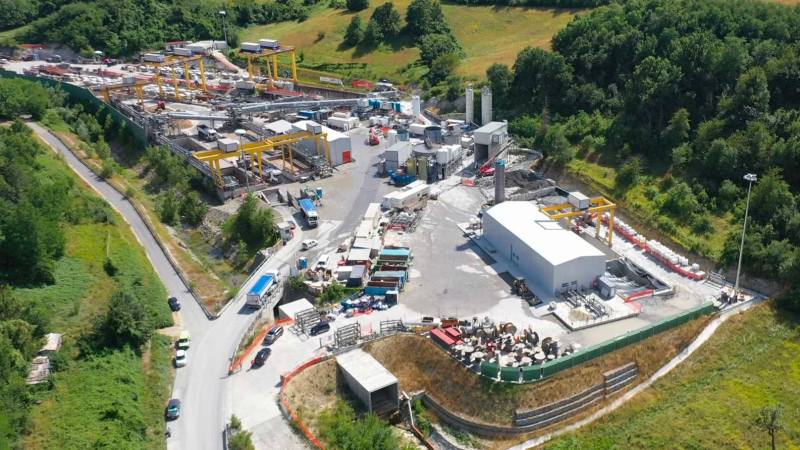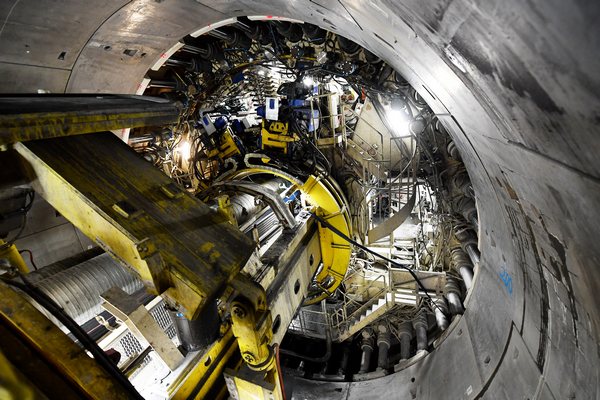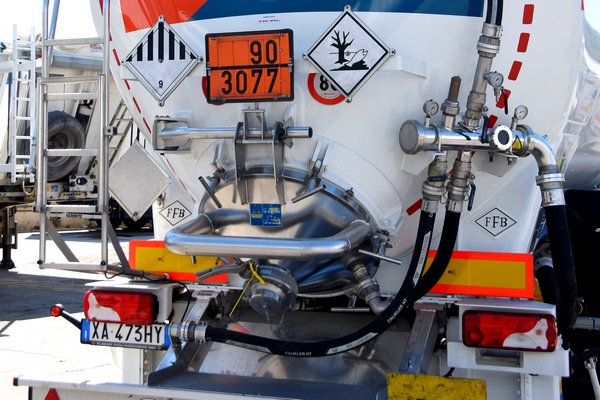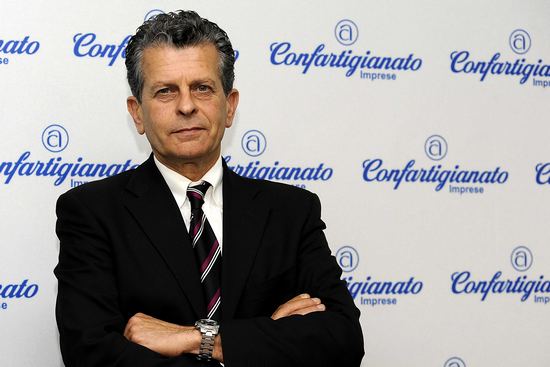In less than a week, the mood surrounding the Turin-Lyon railway project shifted from celebratory to somber, as realistic assessments revealed worsening financial and timeline prospects. On Wednesday, July 17, 2024, the European Commission announced the allocation of funding under the Connecting Europe Facility program, granting 700 million euros for the cross-border section of the new high-capacity railway between Italy and France. However, by the following Friday, Telt's board, the Italian-French public promoter responsible for the construction and future management of the line including the Moncenisio base tunnel, confirmed the cost increase and the need to delay the project completion to the end of 2033.
Telt did not issue a press release following the board meeting, but the key details were reported by local editions of newspapers like Corriere della Sera and La Repubblica. The anticipated increase, though expected, is significant: from an initial certified cost of 8.6 billion euros, the total has now risen to 11.1 billion, representing nearly a 30% increase. It is important to note that this figure encompasses the entire project's cost, with a community contribution covering approximately half of the expenses, from design to execution.
The distribution of these additional costs is somewhat favorable for Italy. According to the agreement underpinning this major cross-border infrastructure project, ratified multiple times by the respective governments and parliaments, the expenditure is not equally shared: Italy is responsible for 57% while France covers 43%. This division, although seemingly disproportionate and a point of contention for project opponents, is justified by the geography of the route. The 270-kilometer stretch from Turin to Lyon lies predominantly in France, with only about 30% of the route in Italy and just 12.5 kilometers of the 57-kilometer base tunnel on Italian territory. Consequently, the French railways, despite theoretically gaining the same benefits from the new railway, are expected to invest more significantly in their national section.
However, there is a notable update in this aspect. The increased costs, from 8.6 to 11.1 billion euros, will not follow the previously agreed percentage split. Instead, they will be divided equally between Italy and France. As a result, considering the community contribution, Italy's additional financial commitment will be relatively limited.
Telt attributes the cost increase to several factors, including measures related to the Covid-19 pandemic—a reason sometimes seen more as an excuse in the construction sector than a detailed explanation—and the rising prices of raw materials and energy. This is a legitimate concern, officially recognized by Cipess, which has estimated a 41% average cost increase for railway projects.
As for the project's completion, the goalpost has been moved to 2033, a year later than the most recent projections and four years beyond the original timeline. Recovery of these delays seems unlikely as the excavation works are fully contracted out, limiting flexibility. The remaining installation work is nearing definition.
Piermario Curti Sacchi































































